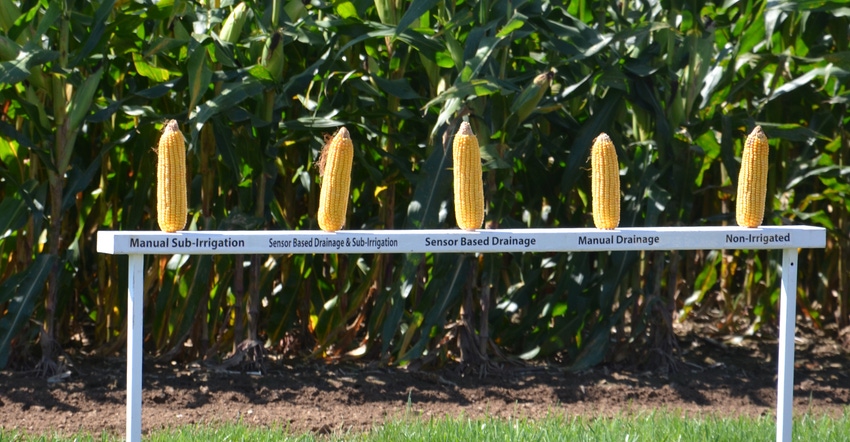January 23, 2017

Odds are your crop budgets for 2017 show red ink on the bottom line if you’re counting all your costs. Some lenders are urging customers to cut costs of production for both corn and soybeans. So do you throw out every practice or product except the ones you know you absolutely can’t live without?
Beck’s, Atlanta, Ind., thinks a better solution is to look at each practice or product one at a time. Sort out and keep ones that most consistently have the best chance of returning a profit on your investment, even at low crop prices.
How do you determine how low crop prices can be and still allow a practice or product to both pay for itself and produce a return on investment?
Beck’s suggests starting with its Practical Farm Research. Though PFR has been a hallmark of the company for years, Beck’s stepped up its investment in the program recently.
Beck’s now has PFR testing locations in five states: Indiana, Ohio, Kentucky, Illinois and Iowa. Recently, Ryan McAllister, PFR director, developed a concept called PFR Proven. If a product or practice has been tested in PFR and found to provide yield gains, and averages a positive return on investment over a minimum of three years, it earns the status of PFR Proven.
More than gimmick
PFR Proven is more than a sales gimmick. Beck’s produces a book of PFR results each year and makes it available free to any farmer, customer or not. This year’s book was just shy of 400 pages. The information is also posted online.
McAllister and his staff took things one step further this year. That final step is what sets this idea apart and gives it value, no matter whose seed you plant.
For each PFR Proven product, Beck’s calculates the price of the crop needed in each of the three years of testing for the product to break even. If the actual crop price was higher than that price, the product would have returned profit.
McAllister places each product for each crop on a graph. Price per bushel for the crop is on the vertical axis. Type of product runs along the horizontal axis.
Here’s an example. Amplify-D from Conklin is a seed emergence aid mixed in the seed box at planting. Farmers wanted to know if it worked. Beck’s tested it for four years, and it qualified as a PFR Proven product. McAllister placed a green dot at the price corn would have to be for Amplify-D to pay off for each year. All four dots fall in a narrow band from about 50 cents per bushel to about $1.25 per bushel.
Obviously, unbiased data says the product pays. How much it pays and whether you are set up to mix in a seed treatment are other questions.
Sometimes dots are much farther apart. Occasionally, in one of the minimum three years of testing, the price required to break even is higher than the corn price that year.
It’s a different way to think about which products or practices you could live without, and which ones you should keep. What price per bushel do you need, based on valid data, to break even? If it’s fairly low, the product or practice may be worth keeping even with tight budgets.
You May Also Like




